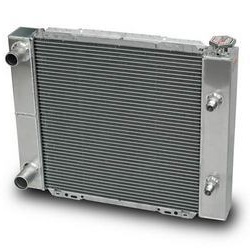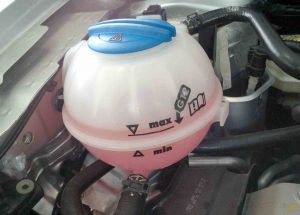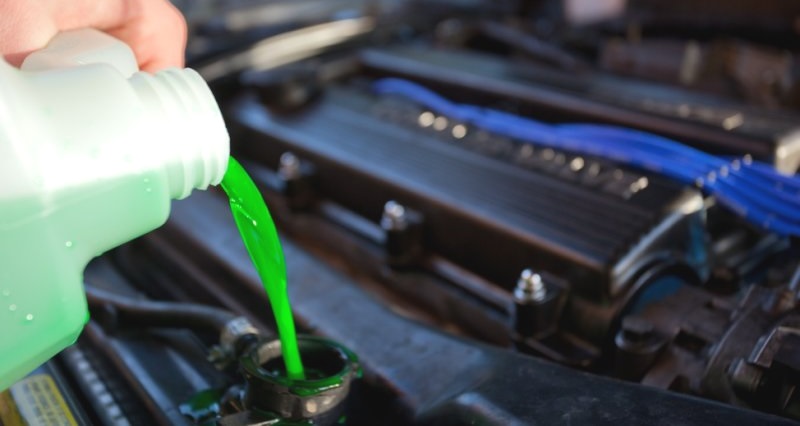So, what does your radiator actually do?

Alright, ever wondered why your car just keeps chugging along through stop-start Hillcrest traffic and those random slow-downs on Peachgrove Road in summer, without boiling over? That’s mostly thanks to your radiator. Under the bonnet, your engine gets proper hot, especially on those days you’re crawling around The Base or idling at every other speed bump in Rototuna. Coolant flows round inside the motor, soaking up all that heat, then heads back to the radiator to cool off – before going round again. Keeps your motor at the right temp so you don’t end up broken down waiting for a tow.
Learn more about how the radiator works >
Why do you need a radiator flush?
Now, coolant doesn’t last forever. Over time, especially after a heap of cold Cambridge mornings or humid drives out to Ngāruawāhia, it goes all stale and rusty looking. You might notice the coolant’s lost its proper colour – seen it brown or a bit murky? Not a good sign. Old coolant stops doing its job, and your engine can start to overheat, or you get rust building up. Happens to all sorts – we’ve seen everything from a rusty old Honda Odyssey to a nearly-new Skoda Octavia in here with blocked-up cores.
Some folks think running straight water’s fine, but nah – especially round Hamilton where you’ve got different metals all working together: alloy heads, steel blocks, temp sensors, you name it. That’s how you get corrosion and proper electrolysis chewing out things like your cylinder head or water pump. We’ve had cases where a BMW X3 or a Mazda Atenza’s had to spend way longer in the workshop than it should, just from dodgy coolant.
A radiator flush sorts that all out by draining the old gunk, washing the system, and swapping in fresh antifreeze. The new stuff’s got all those rust and corrosion inhibitors, stops it freezing solid at 6am on a foggy winter on your way to Morrinsville, and just keeps things sweet. Gets rid of any muck that could chew away at your radiator and engine too.
When should you change your coolant?
Easy rule of thumb: check it every service, but swap it out every 50,000 K’s or every five years – whichever comes up quicker. If you’re doing a bunch of school runs through Fairfield, quick zips to Te Awamutu, or longer missions out to Raglan on the weekends, a clean system just means less stress and a healthier ride. And if the coolant starts looking rusty? Don’t wait – trust us, you’ll thank yourself later.
Simple way to check your coolant

Heads up: Never open the radiator cap when the engine’s even the slightest bit warm – it’s a recipe for a proper burn. Wait at least 45 minutes after you’ve parked up before you even think about touching it. Use a rag, and open it slow. Safety first, aye.
Once it’s cooled off, pop the cap and take a look. If the coolant looks dirty, got bits floating in it, or there’s brown stains in your reservoir – that’s rust or muck, and it’s a sign you’re ready for a flush. Seen it a bunch – from women bringing in Toyota Aquas to blokes with old Peugeot 308s. Doesn’t matter if it’s a hybrid or an old diesel ute, rust’ll stuff a cooling system if you leave it too long.
If you need more info, have a read here: Learn more about checking your cooling system for damage.
Need a radiator flush in Hamilton?
If you’re in or around Hamilton – Chartwell, Melville, Tamahere, Te Kowhai, you name it – and reckon your coolant needs some TLC, pop in and see us at Grimmer Motors. One of our techs will check it all over and do a full flush if it’s needed. We use quality antifreeze, so you know your system’s sweet, whether it’s a work van, a Suzuki Swift, or a late-model Kia Sportage. Proper car service Hamilton standard, no stress.
For a top-notch radiator flush in Hamilton, give us a yell at Grimmer Motors.

